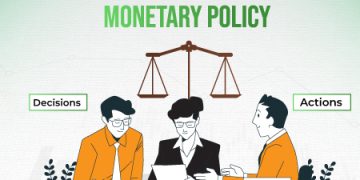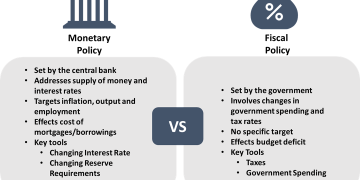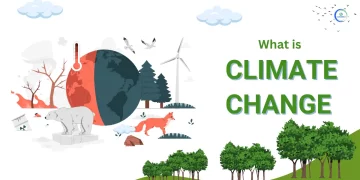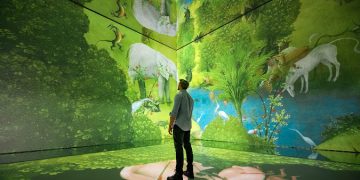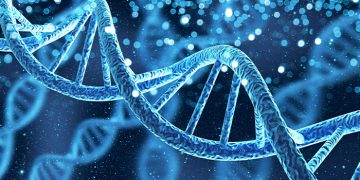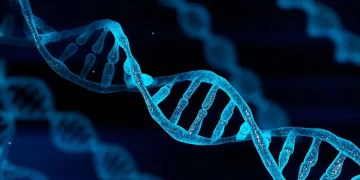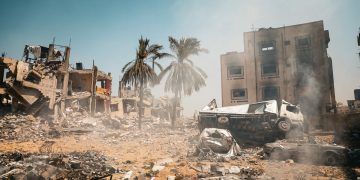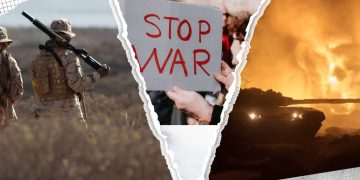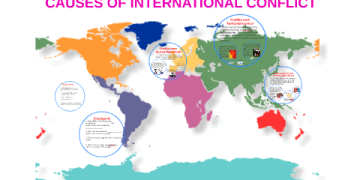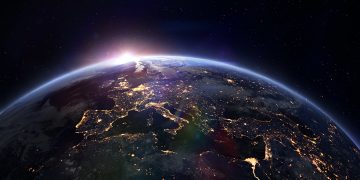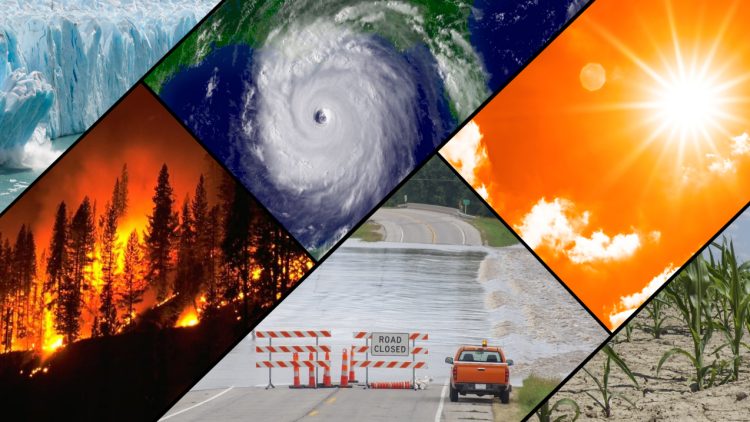Introduction
The twenty-first century has been called the “century of climate.” Unlike any other period in human history, the survival of societies, economies, and ecosystems is directly tied to how we respond to climate change. This is not merely an environmental concern; it is a civilizational test. Climate change alters weather, disrupts food and water systems, undermines human health, and reshapes geopolitical landscapes. At its core, it challenges the very conditions that allowed human beings to flourish during the relatively stable Holocene epoch.
This article explores the science of climate change, its observed and projected impacts, its implications for human survival, and the pathways—both daunting and hopeful—that can help humanity navigate this century’s greatest challenge.
1. Understanding the Science of Climate Change
At its simplest, climate change refers to long-term alterations in temperature, precipitation, wind patterns, and related measures of the Earth’s climate system. Central to current discussions is global warming, the rise in average surface temperatures primarily driven by greenhouse gas emissions.
The Greenhouse Effect
Earth’s atmosphere contains gases such as carbon dioxide (CO₂), methane (CH₄), and nitrous oxide (N₂O), which trap outgoing infrared radiation. This natural process keeps the planet warm enough for life. However, human activities since the Industrial Revolution have increased concentrations of these gases dramatically, thickening this “blanket” and pushing Earth into an energy imbalance.
- Pre-industrial CO₂ concentration: ~280 parts per million (ppm).
- Current levels (2025): exceeding 420 ppm.
- Warming already observed: about 1.1–1.2°C above pre-industrial averages.
Evidence from Multiple Lines
- Temperature records show the last decade has been the hottest on record.
- Ice cores reveal that current CO₂ levels far exceed natural fluctuations over the past 800,000 years.
- Satellites and ocean buoys confirm rising ocean heat content.
- Models and attribution studies consistently link warming to human activity, not natural cycles.
This overwhelming body of evidence underscores that climate change is not a distant or uncertain threat. It is here, now, and accelerating.
2. Climate Change as a Threat to Human Survival
Human survival depends on three essential systems: food, water, and shelter. Climate change stresses each of these foundations while also amplifying risks to health, security, and social cohesion.
Food Security
Agriculture thrives within specific climatic ranges. Rising temperatures, erratic rainfall, and extreme events threaten yields:
- Heat stress reduces crop productivity (e.g., maize, wheat, rice).
- Droughts deplete irrigation sources and dry soils.
- Floods and storms destroy harvests and infrastructure.
- Pests and diseases expand into new regions.
A warming world thus jeopardizes both subsistence farming in vulnerable regions and industrial agriculture that sustains global trade.
Water Availability
Water is central to drinking, sanitation, agriculture, and energy production. Climate change affects the hydrological cycle:
- Glacial retreat threatens long-term water supplies for millions in Asia and South America.
- Altered rainfall patterns create droughts in some areas and floods in others.
- Sea level rise causes saltwater intrusion into freshwater aquifers.
Shelter and Habitable Land
Coastal cities—home to more than 600 million people—face inundation from rising seas and storm surges. Heatwaves make some regions nearly uninhabitable due to wet-bulb temperatures exceeding human tolerance. Wildfires destroy homes and displace populations.
Health and Disease
- Heatwaves increase mortality among vulnerable populations.
- Vector-borne diseases like malaria and dengue expand their range.
- Air pollution from fossil fuels and wildfires causes respiratory illnesses.
Security and Stability
As resources become scarcer, tensions may flare:
- Water disputes across national borders.
- Climate-induced migration pressures.
- Economic losses undermining political stability.
In this sense, climate change is not only an environmental issue but a threat multiplier—it worsens existing vulnerabilities and can destabilize societies.
3. The 21st Century Context: Why Now Is Critical
The urgency stems from two interlinked realities:
- Cumulative emissions matter. Carbon dioxide persists in the atmosphere for centuries. Every ton emitted locks in further warming.
- Tipping points exist. Systems such as ice sheets, permafrost, and forests may reach thresholds beyond which change accelerates irreversibly.
Thus, the choices made in the next two decades will determine whether warming stabilizes at manageable levels (1.5–2°C) or accelerates toward catastrophic outcomes (3–4°C or more).
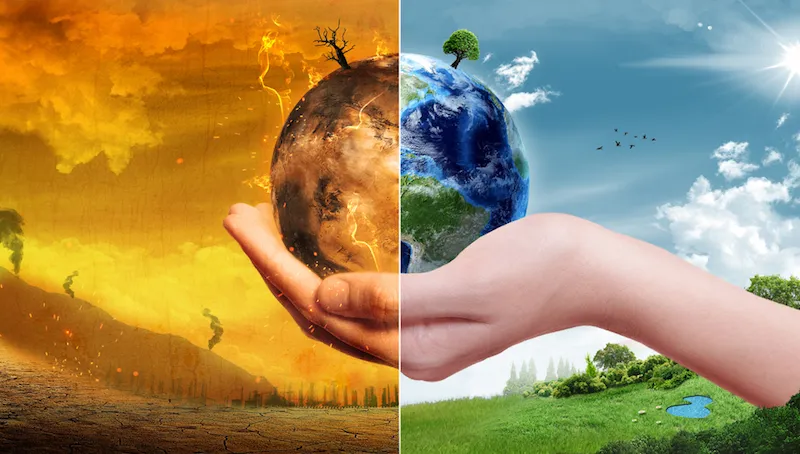
4. Pathways Forward: Mitigation
Mitigation means reducing emissions or enhancing sinks of greenhouse gases. Key strategies include:
Decarbonizing Energy
- Transition from coal, oil, and gas to renewables (solar, wind, hydro, geothermal).
- Expand energy storage and smart grids.
- Phase out fossil fuel subsidies.
Transforming Transport
- Electrify cars, buses, and trains.
- Promote public transit, cycling, and walking.
- Develop sustainable aviation fuels.
Industry and Buildings
- Increase efficiency in manufacturing.
- Deploy low-carbon cement and steel.
- Improve insulation and electrify heating with heat pumps.
Agriculture and Land Use
- Reduce deforestation and promote reforestation.
- Adopt regenerative agriculture.
- Cut food waste and encourage sustainable diets.
Carbon Dioxide Removal
While controversial, techniques such as afforestation, soil carbon sequestration, bioenergy with carbon capture, and direct air capture may complement emission reductions.
5. Pathways Forward: Adaptation
Mitigation addresses causes; adaptation deals with consequences. Since some warming is inevitable, societies must adapt.
- Infrastructure resilience: build flood defenses, climate-proof roads, and resilient power grids.
- Water management: enhance irrigation efficiency, invest in desalination, and protect watersheds.
- Health systems: strengthen early warning systems for heatwaves and disease outbreaks.
- Urban planning: design cooler, greener cities with better ventilation and shading.
- Ecosystem-based adaptation: restore mangroves and wetlands that buffer storms and floods.
6. Economics and the Cost of Inaction
The economics of climate change is straightforward: the costs of inaction dwarf the costs of action.
- Damage costs: extreme weather already causes hundreds of billions in damages annually.
- Productivity losses: outdoor labor in agriculture and construction declines in hotter conditions.
- Health costs: treatment of climate-related diseases and heat stress adds burdens.
Conversely, climate action creates co-benefits: clean air, new industries, and long-term energy security. Renewable energy now employs more people globally than fossil fuels, showing that transition can create opportunity.
7. Equity and Justice Dimensions
Climate change is fundamentally unequal:
- Rich countries contributed most of the emissions.
- Poor countries suffer the greatest impacts despite contributing least.
- Within countries, marginalized groups face higher exposure and lower adaptive capacity.
Principles of climate justice demand that wealthier nations provide finance, technology, and capacity-building to vulnerable regions. Mechanisms such as the Loss and Damage Fund and climate finance pledges represent steps, though still insufficient.
8. Technology and Innovation: Reasons for Hope
Rapid technological advances are changing the game:
- Solar and wind are now the cheapest sources of new power in most regions.
- Battery prices have fallen by over 80% in a decade.
- Green hydrogen and sustainable fuels are moving toward commercial scale.
- Digital tools enable smart cities, precision agriculture, and efficient logistics.
While technology alone cannot solve climate change without supportive policy and social change, it demonstrates that solutions are technically and economically feasible.
9. The Role of Individuals and Communities
Individuals cannot fix climate change alone, but collective action matters:
- Lifestyle choices: using energy efficiently, reducing waste, choosing low-carbon transport and diets.
- Civic engagement: voting for climate-conscious leaders, supporting policies, and participating in local initiatives.
- Cultural influence: shaping norms through education, storytelling, and media.
When millions act together, they shift markets and politics.
10. Governance and Global Cooperation
Climate change is a quintessential global commons problem: emissions anywhere affect people everywhere. The Paris Agreement of 2015 marked a milestone by committing nearly all nations to action. Yet pledges remain insufficient. Stronger governance is needed:
- Transparent reporting and accountability mechanisms.
- Scaled-up climate finance, particularly for developing nations.
- International cooperation on technology transfer and adaptation.
Without cooperation, unilateral efforts will be insufficient. With cooperation, humanity has a chance to stabilize the climate.
11. Climate Change as a Moral and Existential Question
Beyond economics and politics, climate change raises profound ethical questions:
- What do we owe to future generations?
- How do we weigh the rights of non-human species?
- Can human civilization survive if it undermines the very planet it depends on?
Philosophically, climate change forces humanity to reconsider its relationship with nature—from dominion and exploitation to stewardship and reciprocity.
12. Case Studies: Lessons in Action
- Bangladesh: despite high vulnerability to floods, has pioneered community-based adaptation, cyclone shelters, and early warning systems, saving thousands of lives.
- European Union: has implemented ambitious emissions trading and renewable targets, showing policy can drive systemic change.
- Costa Rica: runs largely on renewable electricity and invests in forest conservation, proving sustainable pathways are possible.
- California: combines aggressive renewable targets with innovation hubs, demonstrating the power of subnational action.
These examples illustrate that while the challenge is global, solutions often emerge locally and regionally.
Conclusion: Navigating the Challenge
Climate change is the defining survival challenge of the twenty-first century. It threatens food, water, health, security, and the stability of nations. Yet it is not an unsolvable problem. Humanity possesses the scientific knowledge, technological tools, and policy frameworks needed to avert catastrophe.
What is required is courage:
- To act boldly and urgently, reducing emissions now.
- To invest in resilience and protect the most vulnerable.
- To build international solidarity that bridges divides of wealth and power.
- To embrace a vision of human survival that includes not just endurance but thriving in harmony with the natural systems that sustain us.
The climate crisis is a test of humanity’s wisdom and foresight. The outcome is still within our control. The question is not whether the 21st century will be defined by climate change—it already is. The question is whether humanity will rise to meet the challenge.




